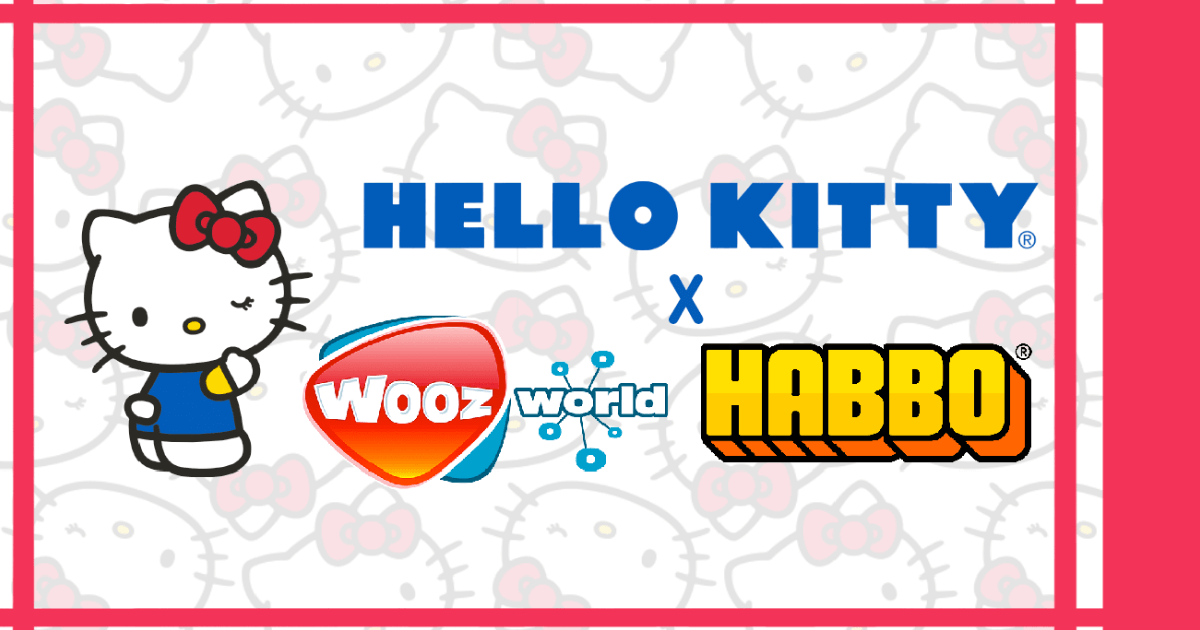In-Game Licensing is in Play

Video games and licensing have been long-standing partners, but as the metaverse takes shape that relationship is deepening.
To be sure in-game licensing for multi-player titles has been a fast-growing business for several years. But Fortnite, Roblox, Call of Duty and other well-known games have become home not only to events like virtual concerts but also avatars, free inspired-by missions, and other activities.
With the growth of the metaverse, the in-game option is becoming a virtual requirement. For example, Ubisoft’s “Far Cry” game was first released in 2004, but Far Cry 6 recently added the in-game option “All in Blood” based on the first three Rambo movies. Bare Tree Media has launched Hello Kitty-licensed goods on Azerion’s platform for developer Sulake’s “Habbo” multiplayer game as well as “Teletubbies” (branded avatars for Tinky Winky, Dipsy, and other characters) for both the “Habbo” and “Hotel Hideaway.” And CCP Games’ Eve Online multiplayer title launched a limited-time “crossover” with Dr. Who in January.
“During the pandemic, there have been many more virtual events and IP is going to be a valuable acquisition tool where you tap into brands and allow their fans to communicate with their friends,” said Justin McGiffin , head of brand partnerships at Voicemod, a voice augmentation software developer that expects to release a licensed version of Angry Birds sounds in the second quarter and has developed custom sound effects for Fortnite, World of Warcraft and League of Legends. “What we are doing is taking that brand interaction to another level. It’s been done visually but now it can be done via audio. If you look at the way games are changing it’s all about interaction and community and the days of just sitting there playing by yourself are a thing of the past.”
With opportunities that are beckoning in videogames, it’s no surprise companies want a piece of the pie. The gaming industry is forecast to generate $260 billion in annual revenue by 2025, up from $155 billion in 2020. And while in-game licensing may only be a sliver of that revenue, the exposure brands receive on multi-player games is invaluable.
The in-game business started as cosmetic upgrades with little gameplay benefits but was supercharged with the arrival of Fortnite. The game grossed Epic Games about $4 billion in 2020, with a large part of the revenue coming from co-branded characters from Marvel, Sony and others. About 2.5 billion people spent $100 billion on digital products the same year and in-game character skins have increasingly become a large share of the gaming market.
And while other games may not have Fortnite’s user base, partnerships, or reach, a proof of concept is no longer required to determine whether players will pay to dress and customize their avatars, many with licensed content.
This allows for “communities” to be built and, especially “socialization,” which during the pandemic was in short supply, Bare Tree Media CEO Robert Ferrari said. The games also are reaching a broader audience than in the past because avatars can be customized and personalized.
“These types of games, unlike mobile, PC and console tiles offer a lot of customization and personalization and with a broader audience there are more people that can do that because you can change your avatar and look like someone else,” Ferrari said. “That ability to customize yourself and play within a game that isn’t preset means you will have different experiences every time go in and you can play across platforms.”
That ability to play across platforms also potentially attracts new fans for a brand. For example, when Teletubbies launched on Habbo there was a “sharp spike” in avatars wearing the property’s trademark onesies. Averion used in-gaming advertising to promote Teletubbies, while brand owner WildBrain used Bare Tree-supplied screenshots of the game and in-game videos to highlight the new addition to Habbo.
“With Fortnite, Habbo, Roblox, and others is there is a community and they want to engage with each other and that is what is making them popular,” Ferrari said. “Some people may say it is because of Covid, but it’s not. People were engaging in these games before Covid. But once it hit and people were home more this was a great outlet because you couldn’t get together with your friends so the community and socialization was a key factor in the growth of these games” and in-game licensing.




